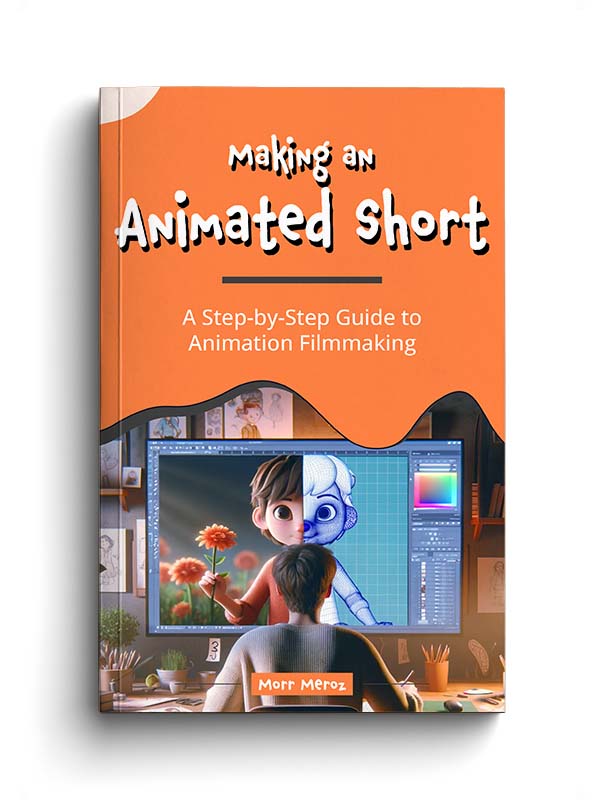In this guest tutorial, David Schuttenhelm will go over all the important changes to the the latest release of Flash, focusing on the animation tools.
David and I have just finished creating an entire Flash course, designed especially for animators, beginners or veterans, so don’t forget to check that out if you want to get deeper into Flash. Enjoy the video!
The changes covered in the video:
Brush tool now scales!
In previous versions of Flash, you would choose a size for the brush tool, and draw a brush stroke. If you zoomed in and drew another one, the brush would be smaller! That’s because the size was based on your screen size not your stage size. But now, all you have to do is make sure this “Zoom size with stage” box is checked, and your brush will be the same size no mater your zoom level.
Bone tool is back and works
Flash’s previous version of the bone tool was actually taken out entirely for the initial release of Flash CC. But now it’s back. So if you didn’t want to up date because of that, feel free now.
Split Audio
Flash still isn’t an audio editing program, but they just added a feature that brings it a step closer. If you have an audio clip on your timeline set to stream, you can split it and move those pieces.
For example, if you had a line of dialog and wanted to change the timing a little bit. Now you can. And you still only have the one audio file in your library.
Add H.264 video to timeline for reference.
If you’ve wanted to use video reference while you’re doing your animation, now Flash has made it easy.
When you import video you now have the option to import H.264 Video and place it on your timeline or inside a symbol. Then you can draw directly over it. Video imported this way won’t be exported when you publish. It’s just meant as a way to get reference footage in.
“Refine Tween” graph replaces motion editor.
Lastly, This isn’t new to CC 2015, but it is a big improvement that I want to make sure everyone knows about.
Previously if you wanted to adjust the easing on motion tweens, there was separate motion editor where you defined your eases on a graph, then a applied those to your motion, resulting in a separate new graph for you actual objects properties, and it was a process I avoided, and I just stuck to using classic tweens as much as possible. But now if you right click on a motion tween, you have this refine tween option which opens a motion editor built directly into your timeline. AND these graphs, called property curves, let you directly edit the actual properties of the object over the course of the tween.
This is a much better way to controls your easing, particularly if you want different easing on different properties. This is much more like Animation Curves in AfterEffects and other programs and it’s a much more intuitive way to work.
Making an Animated Short (FREE ebook)
A free ebook covering the process of making an animated short film from start to finish.




